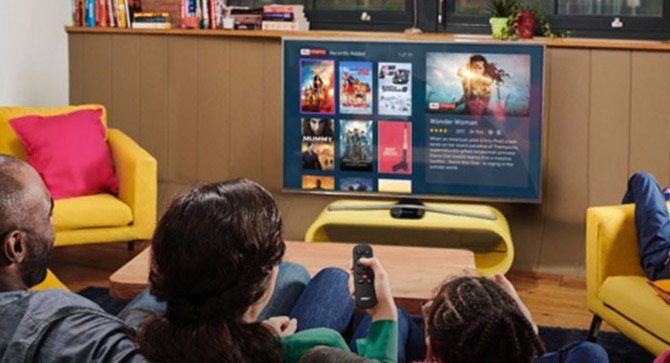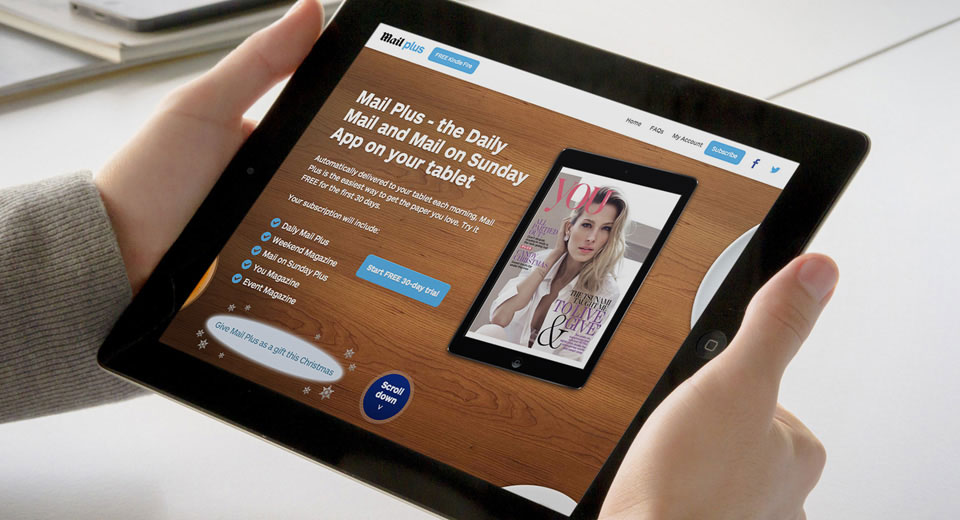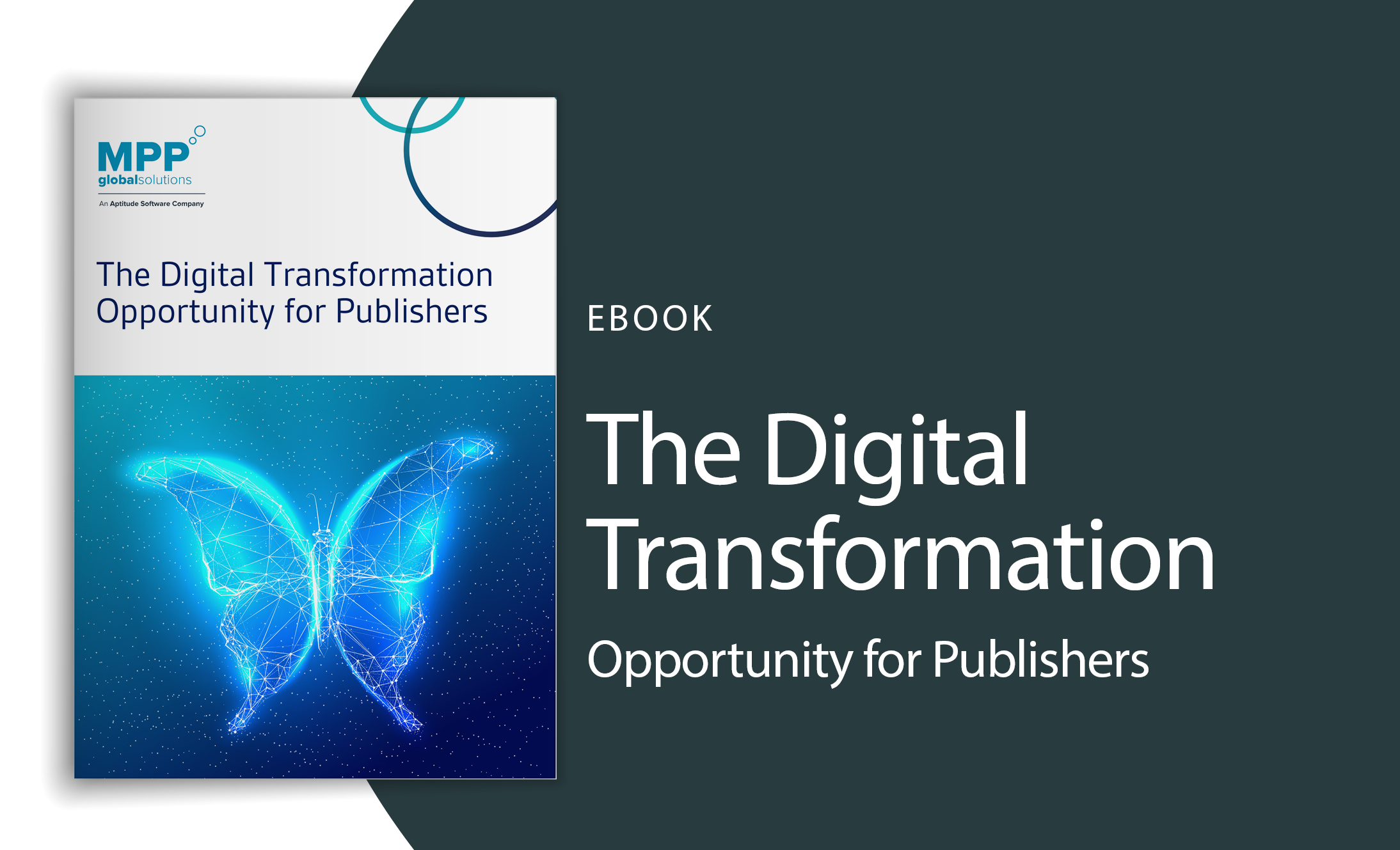The ITV Doctor Is In! How Will We Bill Consumers For OTT Services?

Exclusive in InteractiveTV Today: CEO at MPP Global, Paul Johnson and ITVT Doctor, Rick Howe.
In the OTT world, we will have an exponential increase in products and rates, and subscribers may be changing their subscription packages daily (or hourly!). It’s a TRANSACTIONAL world, and we need to keep up.
Rick Howe, ITVT Doctor reached out to MPP Global’s CEO, Paul Johnson.
iTV Doctor: Paul, I read that MPP Global is working with BSkyB’s NOW TV service. Tell me about that.
Paul Johnson:We’ve been working with BSkyB for about ten years, and the most recent project was the launch of their NOW TV which uses MPP Global’s eSuite platform to power CRM and eCommerce. NOW TV is very similar to what’s developing here in the US: a multiscreen content service that effectively cuts the cord to enable anyone to purchase content and subscriptions from BSkyB across multiple devices without being “hardwired.” MPP Global also enables payments, entitlements and device management, together with advanced offers and incentives.
iTV Doctor: What’s different, from a billing perspective, about the OTT and “Virtual MSO” model, compared to what the industry has been using for the last 50 years?
Paul Johnson: The core billing platforms are very efficient for a monthly business. They are handling a high revenue volume. But as we are all aware, changing those platforms is time-consuming and expensive–much like trying to change direction on an oil tanker. Usually one “process change” per year is about all they can handle.
The MPP Global platform is more flexible and cloud-based. We have spent over 14 years working with some of the biggest media companies in the world to build the award-winning platform, eSuite. It is powerful and flexible enough to fuel TV Anywhere on-demand and subscription services. MPP Global understand today’s digital challenges and recognize what is needed to make digital monetization a reality. And, for the record, we can change on a dime.
iTV Doctor: Funny you should mention changing on a dime, because one of the changes we all anticipate is micro transactions. Mixing in bundles, packages and promotional discounts, we need to make sure the consumer can watch last night’s episode of his favorite show with a single small purchase, possibly as low as 49 cents. Can that be done and leave a reasonable margin for the service provider?
Paul Johnson: There is an old-fashioned way to handle that kind of transaction, and some providers choose that path: pre-paid accounts. The consumer loads up an account with, say, a $20 pre-payment and we track the purchases against that account. When the consumer reaches a pre-determined threshold, we trigger a message from the service provider to the consumer, advising the consumer to “re-charge” the pre-paid account. But that’s clunky, expensive and not consumer-friendly.
We prefer a post-paid process where the consumer provides a payment method like a credit card or PayPal. We do a quick pre-authorization, and track the consumer’s purchases. When we reach a pre-determined amount, we process all those transactions at one time; sort of an individual “batch process.” And we enable the service provider to communicate as much detail about those transactions as the provider and/or consumer want.
iTV Doctor: “Detail on transactions” brings us to the actual billing document. For one group of subscribers, probably the OTT-only folks, they may never actually see something that looks like a bill–is that correct?
Paul Johnson: Yes, absolutely. When the service provider establishes the consumer relationship, a monthly bill may be at the consumer’s discretion. An online-account record will always be available, as will be transaction notifications by text or email. But the monthly statement may be something only used for legacy subscription models.
iTV Doctor: Will we see the providers COMBINE subscription bills with OTT transaction payments?
Paul Johnson: My sense is the providers will opt to keep OTT transactions away from the subscription bills for consumers who have both kinds of purchases (which may be a majority of the consumers initially). Bill shock, or sticker shock, has always been a real concern, and the worst thing that could happen is that a monthly subscriber reacts to a handful of OTT transactions and decides to downgrade the monthly service.
But if the service provider wants to make that billing combination available, it’s a piece of cake for MPP Global.
Creating a seamless user experience is one of the biggest challenges in today’s OTT market. Consumers are constantly finding new ways of navigating through their devices, no matter if mobile, OTT platforms, or other digital products. What operators should think about is how to find a balance between technical requirements and an intuitive, well-designed user interface that guides the user through the experience, rather them forcing them to do what you want them to.
iTV Doctor: In the “traditional” monthly rate-code subscription business, consumers tend to make changes to their service levels (upgrade, downgrade, etc) when their bill arrives. As you pointed out, sticker-shock is often the cause. And the service providers are well-equipped to handle those change requests, usually requiring the consumer to call the customer service center to make a change. And then the customer service reps attempt to dissuade the consumer from downgrading, with a special offer of some kind.
In the massively complicated OTT market, the consumers will be changing all the time! Too often to profitably handle with a CSR interaction, particularly when the monthly subscriber bill is more likely to be in the $29 range than the $129 range.
But when the subscriber is in the process of examining his bill, or his subscription, his behaviour will be somewhat standard: look at the bill, look at the rates, look at options, and click! He’s gone.
Paul Johnson: And that’s one of the reasons we may see the OTT providers stay away from monthly bills; why train the consumers to churn when we have a more effective transactional model? But there are a couple of rather amazing things MPP Global has designed to combat churn.
First, we know when a consumer is in the process of changing his service level–whether that is for a bundle of video services or a package of action movies. And working with the service provider, it is relatively easy for MPP Global to trigger a marketing message that factors in the consumer’s purchase history, his viewing interests, even his social profile. We do that now with our “win-back” protocols, and in the OTT world we just advance by a step or two in order to get to the consumer before the decision is made.
Second, and this is really pretty cool. We can plug into the Video Content Management System to actually track what the consumer is watching. Let’s say you have purchased a monthly package of all the new fall NBC premieres for both streaming and delayed viewing for $7.99 a month. Two weeks into the subscription we notice you’re not watching what you bought. That would suggest you’re not likely to renew next month. So working with the service provider we trigger an appropriate marketing message. It’s old-fashioned retention marketing moved into the digital age.
iTV Doctor: Will you be talking about that at TVOT in San Francisco?
Paul Johnson: You bet! We are a sponsor of the conference.
 us
us 










